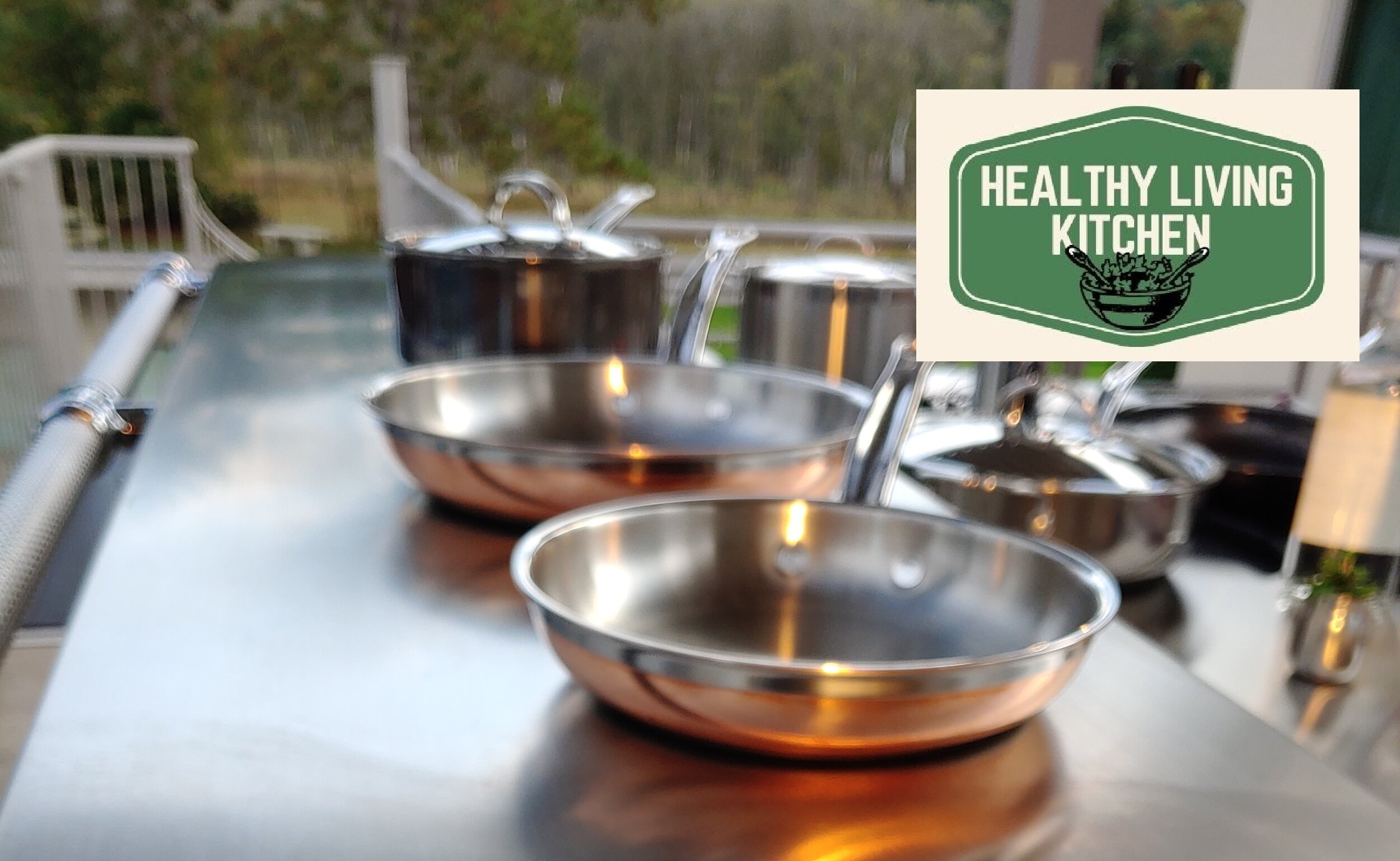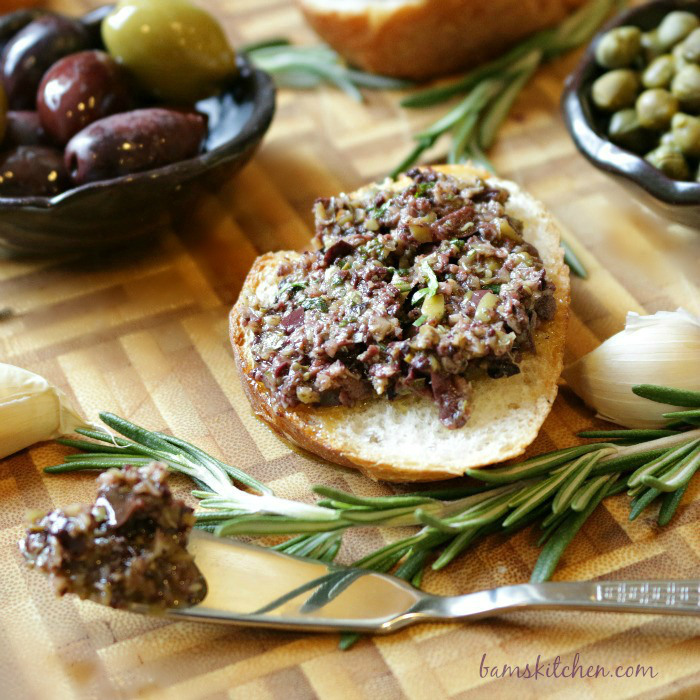Artisan Parmesan Bread
Kitchen Icons
This was posted on RUTH FOOD BLOG
This is truly the best bread you will ever have. It’s incredibly easy to make. The beauty of this technique is that you never have to touch the dough and get sticky hands. It’s as easy as stir it and forget it! The outcome is truly rustic/European style bread with crusty outside and moist sour-dough texture inside. Additionally, baking your own artisan breads is economical and your guests will be wowed with the aroma. Experiment with different variations and enjoy!
Once you have the technique down, try substituting 1/3 of the flour for whole wheat flour and adding walnuts, dried cranberries, ground cardamom and cinnamon. Another variation is to add Kalamata olives and garlic chunks (dried) along with the cheese. You can also toss in ground flaxseed, rolled oats and a few sesame seeds for part of the flour. Recently, I’ve baked the bread in our AGA TC-3 which resulted in an amazing loaf! Learn more at www.kitchenicons.com
Experiment and enjoy!
Artisan Parmesan Bread (Knead-Free)
3 c. bread flour
¾ t. yeast
1 ¼ t. salt
1/4 t. black ground pepper
½ c. Parmesan cheese, chopped in small chunks (1/4 inch)
1 5/8 c. water (more or less)
Cornmeal or wheat bran as needed
1. In a large glass or ceramic bowl, combine flour, yeast, salt and pepper. Add cheese and use non-stick rubber spatula to stir together. Gradually add 1 5/8 cups water, and stir until blended; dough will be shaggy and sticky. You may need more or less water depending on type of flour. Spread oil lightly along sides of bowl to prevent sticking and cover bowl with plastic wrap. Let dough rest at least 12 hours, preferably about 18, at warm room temperature, about 70 degrees.
2. Dough is ready when its surface is dotted with bubbles and almost doubles in bulk. Lightly release the dough from the edges of the bowl using the non-stick spatula and form it roughly into a loaf. Cover the bowl again with plastic wrap and allow to rest and rise again for about 2 hours.
3. At least a half-hour before dough is ready, put a 6- to 8-quart heavy covered pot (Dutch oven, cast iron, enamel, Pyrex or ceramic) in oven as it heats to 450 degrees. When dough is ready, carefully remove pot from oven. (I use oven gloves…be careful pot is VERY hot). Use the spatula to gently loosen the dough from edges of the bowl and turn dough over into the hot pot, seam side up; it may look like a mess, but that is O.K. Shake pan once or twice if dough is unevenly distributed; it will straighten out as it bakes. Sprinkle with cornmeal or bran if desired. Use pot holders to cover with the lid (it’s hot!) and bake 30 minutes, then remove lid and bake another 15 minutes, or until loaf is beautifully browned. Cool on a rack. Variation note: when using whole wheat flour, you may not need the last 15 minutes of baking. Tap on the top of the loaf to be sure it is golden brown (not dark brown) and firm. The bread will have a sourdough texture and consistency.
Note: It’s important to be very careful with removing the pot and the lid!—it is extremely hot. I always use heat-resistant oven gloves.
Yield: One 1½-pound loaf.
Serve immediately or slice loaf and keep in freezer. Pull out by slice as needed and toast








